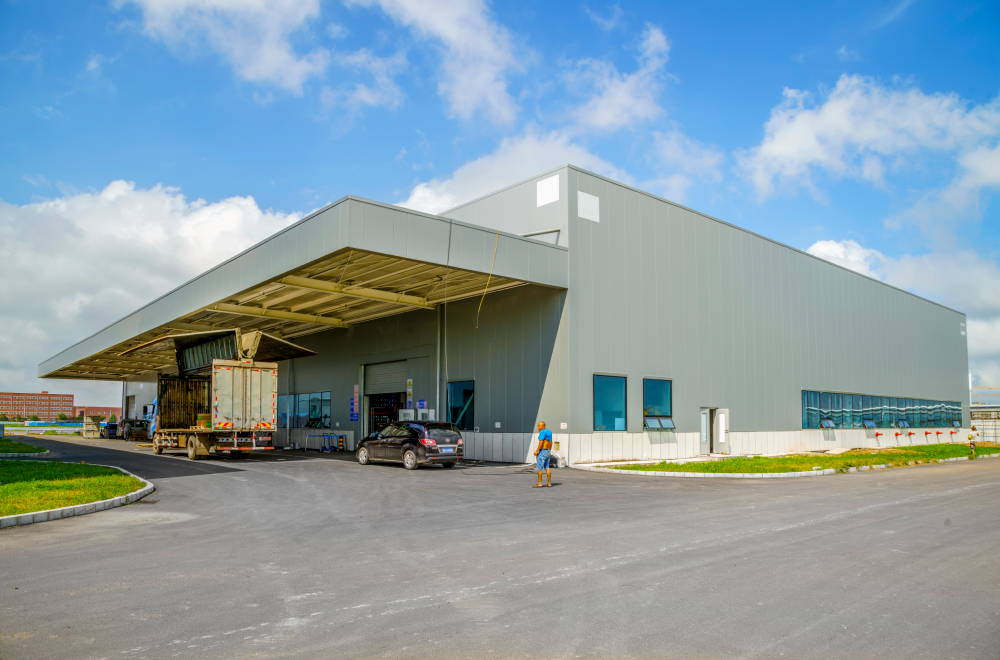
How Businesses Can Stay Operational During Unexpected Disruptions
| 4 minutes read
In an era defined by rapid change, businesses face an unrelenting barrage of challenges that threaten to grind operations to a halt. Natural disasters like wildfires, floods, and hurricanes strike with little warning, while human-induced crises—cyberattacks, power outages, or geopolitical instability—add layers of complexity to an already volatile landscape. For the general public, from small business owners to employees and everyday consumers, understanding how companies can endure these disruptions is more relevant than ever. Raising awareness about the importance of preparation and offering actionable solutions can empower businesses to not just survive but continue serving their communities when chaos strikes.
The Growing Threat Landscape
The frequency and severity of disruptions have escalated in recent years, underscoring the need for resilience. The 2020 global pandemic revealed glaring weaknesses in supply chains, with shortages of everything from medical supplies to consumer goods exposing how interconnected—and fragile—modern commerce has become. Meanwhile, cybersecurity incidents like the 2021 Colonial Pipeline ransomware attack demonstrated how a single breach can paralyze critical infrastructure, halting fuel distribution across the U.S. Southeast for days. Research paints a stark picture: approximately 60% of small businesses fail to recover after a significant disruption, often because they lack the foresight or resources to plan ahead. Yet, these statistics aren’t a death sentence—they’re a call to action. With the right strategies, businesses of all sizes can defy the odds.
The Power of Proactive Continuity Planning
Preparation is the bedrock of resilience, and few approaches are as effective as Business Continuity Management and Business Continuity Planning. Known as BCM & BCP solutions and tools, these frameworks help organizations identify risks, safeguard essential operations, and chart a path back to normalcy. At its core, BCM involves assessing what keeps a business running—think payroll systems, customer support hotlines, or inventory management—and devising contingency plans to protect them. For instance, a manufacturing firm might secure secondary suppliers to avoid production delays during a shipping crisis, while a service-based company could implement cloud-based tools to enable remote work during an office closure.
The beauty of BCP lies in its adaptability. A local coffee shop might stockpile emergency supplies and train staff to operate manually during a power outage, ensuring customers still get their morning brew. Conversely, a multinational corporation could establish redundant data centers across regions to mitigate the impact of a natural disaster. By anticipating potential threats and tailoring solutions to their unique needs, businesses can minimize downtime, preserve revenue, and maintain the trust of their clientele. It’s not about predicting the future—it’s about being ready for it.
Harnessing Technology for Rapid Recovery
In the digital age, technology is a game-changer for surviving disruptions. Disaster recovery planning and automation leverages cutting-edge tools to protect data and restore operations swiftly after a crisis. Picture a small accounting firm struck by a flood: automated cloud backups could preserve years of tax records, while pre-configured recovery protocols might reboot critical systems in mere hours rather than weeks. For larger enterprises, artificial intelligence can monitor networks in real-time, flagging ransomware attempts before they escalate into full-blown attacks. Automation reduces human error and accelerates response times, turning what could be a catastrophic loss into a manageable setback.
Take the example of a retail chain hit by a cyberattack. With disaster recovery systems in place, encrypted backups could restore point-of-sale terminals, while automated alerts notify IT teams to isolate the breach. The result? Stores reopen quickly, and customer confidence remains intact. Technology doesn’t replace human ingenuity—it amplifies it, providing the speed and precision needed to navigate modern threats. Businesses that invest in these tools gain a competitive edge, proving they can withstand the unexpected while others falter.
The Human Factor: Training and Communication
Even the best plans and tech stacks fall short without people to execute them. Employee training is a cornerstone of resilience, equipping staff with the skills to respond decisively when disaster strikes. This might mean teaching a warehouse team how to switch to manual inventory tracking during a system outage or drilling office workers on evacuation procedures for a fire. Regular simulations—think tabletop exercises or mock cyberattacks—build muscle memory, ensuring calm and competence replace panic when the real thing hits.
Communication is equally indispensable. A clear chain of command prevents confusion, while timely updates keep employees, customers, and stakeholders in the loop. Consider a grocery store facing a regional blackout: by texting staff to report to backup locations and posting social media updates about adjusted hours, the business maintains order and loyalty. Transparent messaging can even turn a crisis into an opportunity—customers appreciate honesty and are more likely to stick with a company that keeps them informed. The human element ties it all together, transforming abstract plans into real-world results.
Lessons from the Front Lines
History offers compelling proof that preparation pays off. During Hurricane Katrina in 2005, Walmart leveraged its vast logistics network to deliver food, water, and supplies to affected areas faster than some government agencies, earning widespread praise and reinforcing its operational strength. Fast forward to the COVID-19 era, and companies with robust continuity plans—like those in the tech sector—pivoted to remote work seamlessly, while others scrambled to catch up. In contrast, businesses without foresight, such as some small retailers, shuttered permanently when lockdowns drained their cash reserves.
These examples reveal a universal principle: resilience isn’t luck—it’s strategy. Whether it’s a multinational giant or a family-owned shop, the ability to adapt hinges on planning ahead. The data backs this up—studies show that organizations with tested continuity plans recover 2.5 times faster than those without. For a deeper dive into the research, you can read more here about how scholars analyze organizational recovery dynamics.
Practical Steps for Today
So, how can businesses act now? Start with a risk assessment: identify what could go wrong, from local weather patterns to industry-specific vulnerabilities like data breaches. Next, prioritize critical functions—what must keep running to stay afloat? From there, invest in scalable solutions, whether that’s cloud storage for a startup or redundant power systems for a factory. Test these plans regularly—annual drills or quarterly reviews ensure they hold up under pressure. The cost of preparation pales in comparison to the price of failure: lost revenue, damaged reputation, and eroded trust.
For small businesses, the approach might be simpler but no less effective. A bakery could keep a generator on hand and cross-train staff to handle multiple roles. A freelance consultant might back up client files weekly and maintain a secondary internet connection. The key is starting small and building over time—resilience is a marathon, not a sprint.

Born in the family of entrepreneurs and have inherited the same. Started building applications in order to pay for my tuition. Later founded a tech company, marketing agency, and media outlets.




